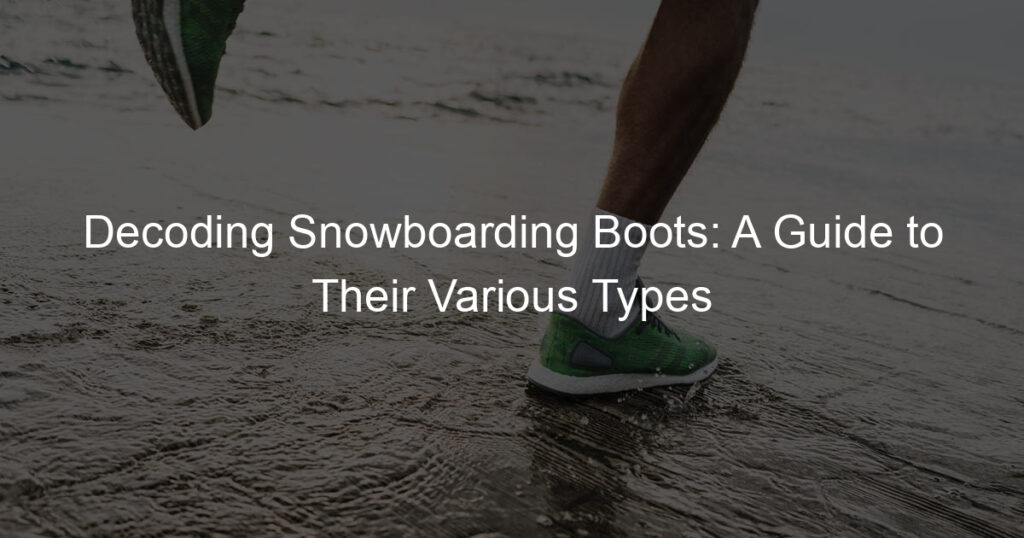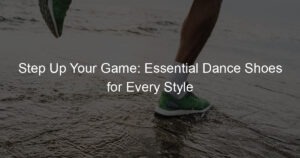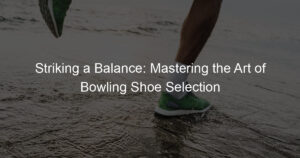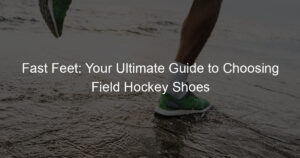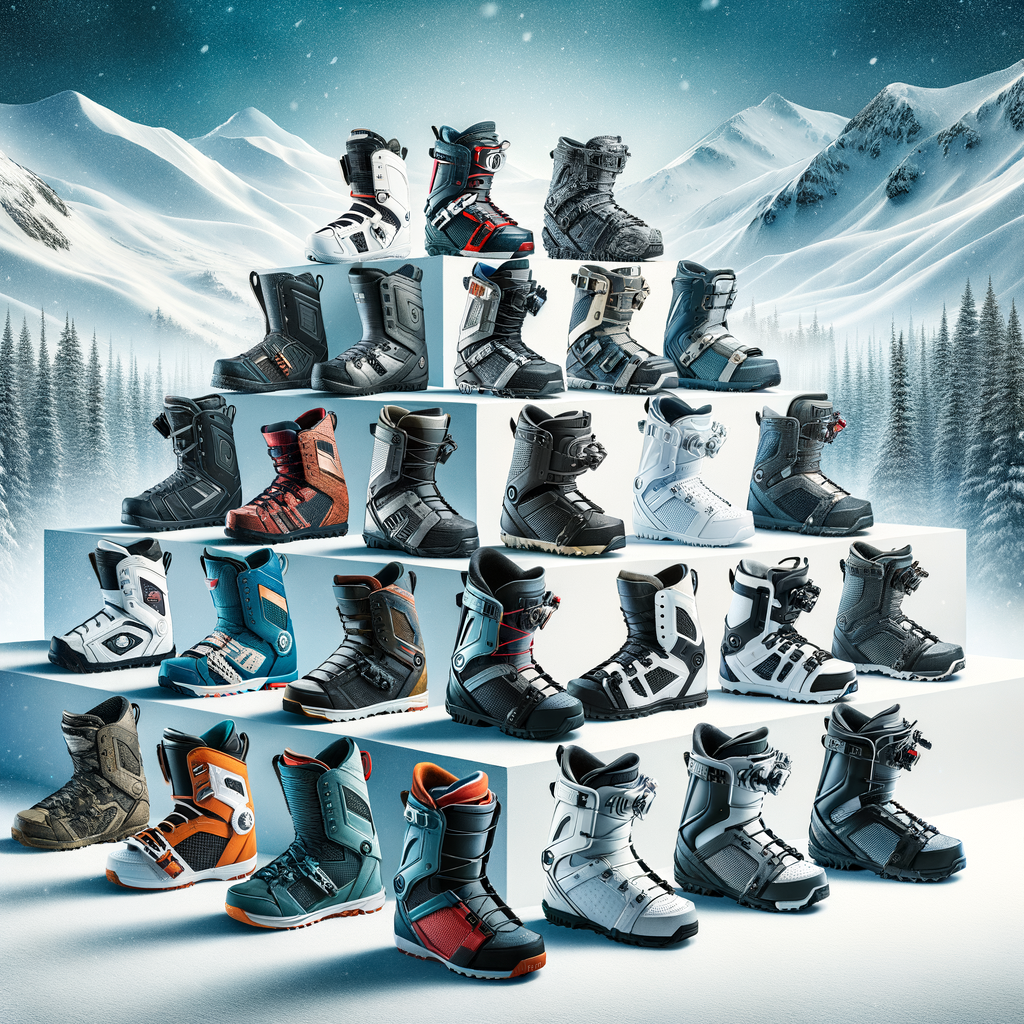
Introduction to Snowboarding Boots
When it comes to extreme sports, every piece of equipment matters. This is especially true in snowboarding, where your boots can make or break your performance. In this article, we will delve into the world of snowboarding boots, exploring their importance and role in extreme sports.
- Importance of choosing the right snowboarding boots
- Role of snowboarding boots in extreme sports
Choosing the right snowboarding boots is crucial for a number of reasons. First, they provide the necessary support to your feet and ankles, reducing the risk of injuries. Second, they help you control your snowboard effectively. The right boots will respond to your movements accurately, allowing you to navigate the slopes with precision. Lastly, comfort is key. Wearing boots that fit well will enable you to snowboard for longer periods without discomfort or pain.
Snowboarding boots play a pivotal role in extreme sports. They are designed to withstand harsh conditions and provide maximum protection to the wearer. In addition, they enhance performance by ensuring a strong connection between the rider and the snowboard. This connection is vital for executing tricks and maneuvers. Furthermore, snowboarding boots are often designed with specific styles of riding in mind, such as freestyle, freeride, or alpine. Therefore, choosing the right boots can significantly enhance your performance in your chosen style.
In the following sections, we will delve deeper into the different types of snowboarding boots, how to choose the right fit, and a comparison of the best snowboarding boots on the market. So, whether you’re a beginner or a seasoned pro, stay tuned for some valuable insights!
Understanding Snowboarding Boots
When it comes to extreme sports like snowboarding, having the right gear is crucial. One of the most important pieces of equipment is your snowboarding boots. Let’s take a closer look at the basic features of these boots.
Basic Features of Snowboarding Boots
Snowboarding boots are not just any ordinary boots. They are designed with special features to provide comfort, safety, and enhance your performance on the snow. Here are some of the key features:
- Boot Flex
- Lacing Systems
- Boot Liners
Boot flex refers to how much a boot bends or moves when you apply pressure. Some boots have a soft flex which makes them comfortable and easy to maneuver. They are great for beginners. On the other hand, boots with a hard flex provide more control and are preferred by advanced riders.
The lacing system of a snowboarding boot is another important feature. Traditional laces are common and offer a customized fit. However, speed lacing systems and Boa lacing systems are becoming more popular due to their ease of use, especially in cold conditions.
Boot liners add comfort and warmth to your snowboarding boots. They are usually removable and can be molded to fit your feet perfectly. Some liners have additional features like thermal-reflective technology to keep your feet warm in freezing temperatures.
Understanding these basic features can help you choose the right snowboarding boots that suit your needs and skill level. Remember, the right boots can make a huge difference in your snowboarding experience.
Snowboarding Boots for Different Levels
Just like snowboarding skills, snowboarding boots come in different levels too. It’s important to choose the right pair that matches your skill level. Let’s dive into the different types of boots for each level of snowboarding.
- Boots for Beginners
- Boots for Intermediate Riders
- Boots for Advanced Riders
If you’re just starting out in snowboarding, you’ll need boots that are comfortable and forgiving. Beginner boots are usually softer, providing you with more flexibility and making it easier for you to learn the basics. They’re also designed to keep your feet warm and dry, which is crucial when you’re spending a lot of time in the snow. A popular choice for beginners is the Burton Moto Boa, known for its comfort and easy-to-use lacing system.
Once you’ve mastered the basics and are ready to take on more challenging slopes, it’s time to upgrade your boots. Intermediate boots are stiffer, providing better control and precision. They also often come with more advanced lacing systems for a more customized fit. The ThirtyTwo Lashed is a favorite among intermediate riders, offering a great balance of comfort and performance.
For those who live and breathe snowboarding, advanced boots are the way to go. These boots are the stiffest, offering maximum control and responsiveness for high-speed runs and complex tricks. They also come with high-end features like heat-moldable liners and shock-absorbing soles. The Salomon Malamute, with its exceptional durability and support, is a top pick for advanced riders.
Remember, the right snowboarding boots can make a huge difference in your performance and enjoyment of the sport. So take your time and choose wisely!
Different Types of Snowboarding Boots
When it comes to snowboarding, the right boots can make a world of difference. Let’s dive into the different types of boots, starting with soft boots.
Soft Boots
Soft boots are a popular choice among snowboarders. They are known for their comfort and flexibility, making them a great option for those who enjoy freestyle snowboarding or riding in the park.
- Features of Soft Boots
- Pros and Cons of Soft Boots
Soft boots are designed with a flexible outer shell and a soft inner liner. This design allows for a lot of movement and flexibility, which is ideal for tricks and jumps. They also usually have a lacing system that allows for easy adjustment and a snug fit.
| Pros | Cons |
|---|---|
| Comfortable | Less support |
| Flexible | Not ideal for high-speed carving |
| Good for tricks and jumps | May wear out faster |
While soft boots offer comfort and flexibility, they may not provide as much support as other types of boots. They might not be the best choice for high-speed carving or long days on the mountain. However, if you’re into tricks and jumps, soft boots could be the perfect fit for you!
Hard Boots
Let’s talk about hard boots now. These boots are different from soft boots and have their own unique features. They also have their own pros and cons. Let’s dive in and learn more about hard boots!
- Features of Hard Boots
- Pros and Cons of Hard Boots
Hard boots are known for their rigid structure. They are made of tough materials that provide excellent support to your feet. They are designed to keep your feet secure and stable, especially when you’re snowboarding at high speeds or on steep slopes. Hard boots often have a buckle system for fastening, which makes them easy to put on and take off. They are also known for their durability. They can withstand harsh weather conditions and last for a long time.
Like everything else, hard boots have their good sides and not-so-good sides. Let’s take a look at them.
| Pros | Cons |
|---|---|
| They provide excellent support and stability. | They can be a bit uncomfortable due to their rigid structure. |
| They are durable and can withstand harsh weather conditions. | They are usually more expensive than soft boots. |
| They are great for high-speed snowboarding and steep slopes. | They are not as flexible as soft boots, which might limit your movement. |
So, that’s all about hard boots. They are great for those who love speed and need extra support. But remember, comfort is key when choosing your snowboarding boots. Always try them on before buying to make sure they fit well and feel comfortable.
Hybrid Boots
Let’s talk about a type of snowboarding boot that’s a mix of both soft and hard boots. They’re called Hybrid Boots. These boots are a blend of the best features of both types, making them a popular choice for many snowboarders.
- Features of Hybrid Boots
- Pros and Cons of Hybrid Boots
Hybrid boots are known for their versatility. They have the flexibility of soft boots and the support of hard boots. This makes them perfect for any type of snowboarding. They usually have a soft upper part for comfort and a hard lower part for support. They also often come with adjustable straps and laces for a perfect fit.
Like all things, hybrid boots have their pros and cons. Let’s look at them:
| Pros | Cons |
|---|---|
| 1. Versatile: Good for all types of snowboarding. | 1. Price: They can be more expensive than other types of boots. |
| 2. Comfort: The soft upper part provides comfort. | 2. Weight: They can be heavier than soft boots. |
| 3. Support: The hard lower part provides excellent support. | 3. Fit: It might take some time to adjust the fit. |
In conclusion, hybrid boots are a great choice if you’re looking for a boot that can handle all types of snowboarding. They offer the comfort of soft boots and the support of hard boots. However, they can be a bit pricey and heavier than other types. So, it’s important to try them on and see if they’re the right fit for you.
Snowboarding Boots Guide: Choosing the Right Fit
Choosing the right fit for your snowboarding boots is crucial for a comfortable and safe ride. Here are some key points to consider:
- Understanding Boot Sizing
- Importance of Trying Before Buying
- Tips for a Comfortable Fit
Just like regular shoes, snowboarding boots come in different sizes. However, snowboarding boot sizes can be a bit tricky. They are usually measured in mondopoint, which is the length of your foot in centimeters. For example, if your foot measures 27 cm, you would likely wear a size 27 boot. It’s also important to note that different brands might have slightly different sizing, so always check the size chart.
It’s always a good idea to try on snowboarding boots before you buy them. This is because everyone’s feet are different, and what feels comfortable for one person might not feel the same for another. Plus, boots can feel different when you’re actually snowboarding compared to when you’re just walking around in the store. So, if possible, try them on and walk around a bit to get a feel for them.
When trying on snowboarding boots, there are a few things you can do to ensure a comfortable fit. First, wear the same socks you plan to snowboard in. This will give you a more accurate feel for how the boots will fit. Second, make sure your heel stays in place when you flex your foot. If it lifts up, the boots are too big. Lastly, your toes should just barely touch the front of the boot when you’re standing up straight. When you bend your knees and lean forward (like when you’re snowboarding), your toes should pull away from the front of the boot.
Remember, a good fit is key to a great snowboarding experience. So take your time, try on different boots, and find the pair that feels just right for you.
Best Snowboarding Boots: A Comparison
Let’s dive into the world of snowboarding boots. We’ll compare top brands, features, and prices to help you make the best choice.
-
Top Brands in the Market
There are many brands that make snowboarding boots. Some of the most popular ones include:
- Burton: Known for their high-quality boots that provide excellent comfort and performance.
- DC: Offers a wide range of boots for all skill levels, from beginners to professionals.
- Salomon: Famous for their innovative designs and advanced technology.
-
Comparison of Features
Each brand offers different features. Here’s a quick comparison:
Brand Comfort Durability Performance Burton High High High DC Medium High High Salomon High Medium High -
Price Range
The price of snowboarding boots can vary greatly. On average, you can expect to pay:
- Burton: $200 – $400
- DC: $150 – $300
- Salomon: $180 – $350
Remember, the most expensive boots aren’t always the best. It’s more important to find boots that fit well and meet your specific needs.
Conclusion: Investing in the Right Snowboarding Equipment
As we wrap up this comprehensive guide on snowboarding boots, let’s take a moment to recap the different types of boots and share some final thoughts on choosing the best pair for your extreme sports adventures.
- Recap of Snowboarding Boots Types
Throughout this guide, we’ve explored three main types of snowboarding boots: soft boots, hard boots, and hybrid boots.
Soft boots are the most popular choice among snowboarders due to their comfort and flexibility. They’re ideal for freestyle and all-mountain snowboarding.
Hard boots, on the other hand, are more rigid and offer excellent control, making them perfect for alpine and carver snowboarding.
Finally, hybrid boots offer a balance between the softness of soft boots and the control of hard boots. They’re a great choice for those who enjoy a variety of snowboarding styles.
- Final Thoughts on Choosing the Best Snowboarding Boots
Choosing the right snowboarding boots is crucial for your performance and safety on the slopes. Remember, the best boots are not necessarily the most expensive ones, but those that fit you perfectly and suit your snowboarding style.
Consider factors like your skill level, the type of snowboarding you plan to do, and your personal comfort when choosing your boots. Don’t rush the process – take the time to try on different boots and find the pair that feels like a natural extension of your feet.
Investing in the right snowboarding equipment, including boots, can significantly enhance your experience on the slopes. So, make your choice wisely and enjoy the thrill of snowboarding to the fullest!

